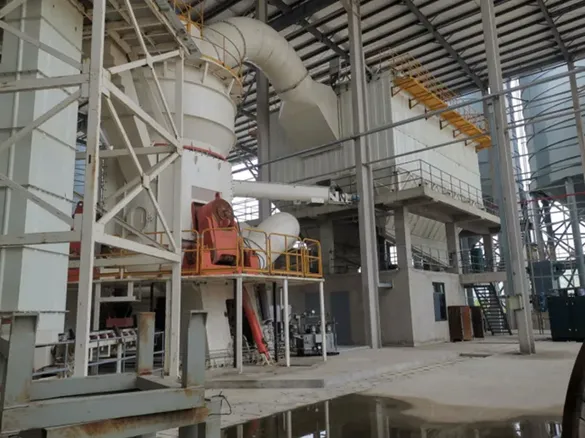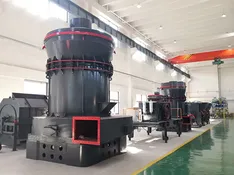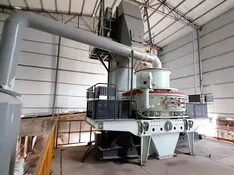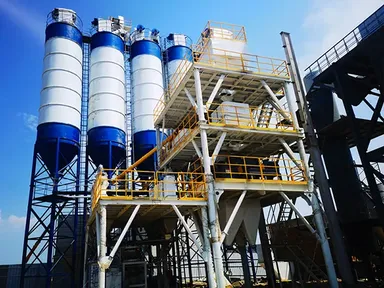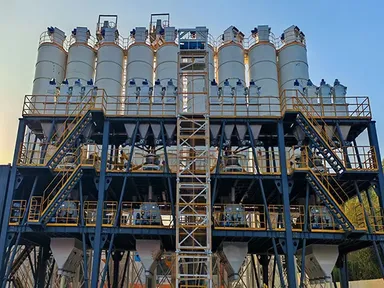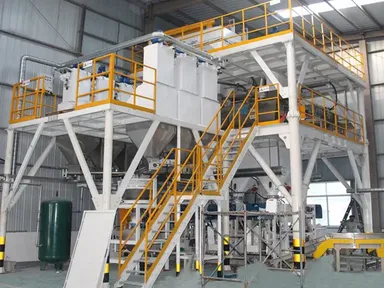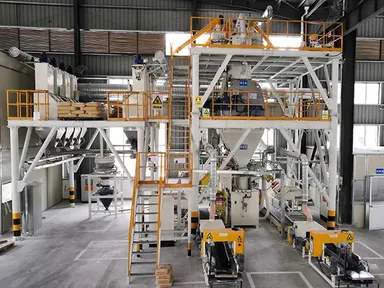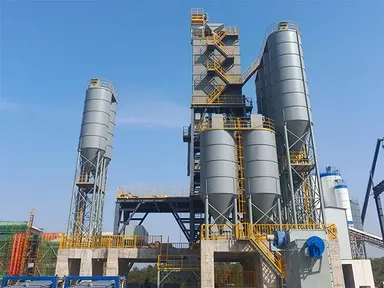Specifications
| Model | Grinding disc diameter (mm) | Capacity (t/h) | Water content of raw material | Grinding fineness (limestone powder) | Motor power (kW) |
| HG14/2X | 1100 | 8-10 | ≤5% | 325mesh (44μm) 90% passing | 110-132 |
| HG17/2X | 1300 | 14-15.5 | 185-200 |
| HG19/2X | 1500 | 19-21.5 | 250-280 |
| HG21/2X | 1700 | 27-31 | 355-400 |
| HG26/2X | 2000 | 34-38 | 450-500 |
| HG29/2X | 2400 | 43-48 | 560-630 |
| HG32/2X | 2600 | 54-61 | 710-800 |
| HG34/2X | 2800 | 86-96 | 1120-1250 |
Materials Processed
Grinding Process
The process begins as raw material is fed into the rotating grinding table, where centrifugal force moves it towards the rollers. These rollers exert continuous pressure and shear force, crushing and grinding the material into fine particles. At the same time, high-speed airflow from the air ring lifts the ground material, drying it while carrying fine particles into the classifier. Fine powder that meets the required particle size passes through the classifier and is collected as a finished product, while coarser particles are recirculated back to the grinding table for further processing. This closed-loop system ensures efficient grinding and consistent product quality while minimizing energy waste and material loss.
Advantages
- The hydraulic system allows the grinding rollers to be retracted, simplifying maintenance and reducing downtime.
- Roller sleeves can be flipped for extended wear life, maximizing durability and lowering material costs.
- High-efficiency grinding reduces material consumption while maintaining a consistent particle size.
- A compact design integrates crushing, drying, grinding, classification, and transport, cutting floor space by 50% compared to ball mills and allowing for outdoor installation.
- Power consumption is 40-50% lower than traditional grinding methods, with optimized energy use during off-peak hours.
- Short material retention time prevents over-grinding, ensuring uniform particle size, high flowability, and minimal iron contamination for improved whiteness and purity.
- A built-in roller limiter prevents excessive vibration caused by material shortages, while an advanced sealing system enhances explosion resistance and eliminates the need for an air-sealing fan.
- The roller mill operates with low noise and minimal vibration, creating a quieter and more stable production environment.
- A fully enclosed negative-pressure system with a pulse jet dust collector eliminates dust emissions, ensuring a clean and eco-friendly workspace.
- The PLC-based control system enables full automation and remote operation, improving efficiency and reducing manual intervention.
- Hot air can be introduced directly for in-line drying, handling moisture levels of up to 15% without requiring a separate drying unit.

